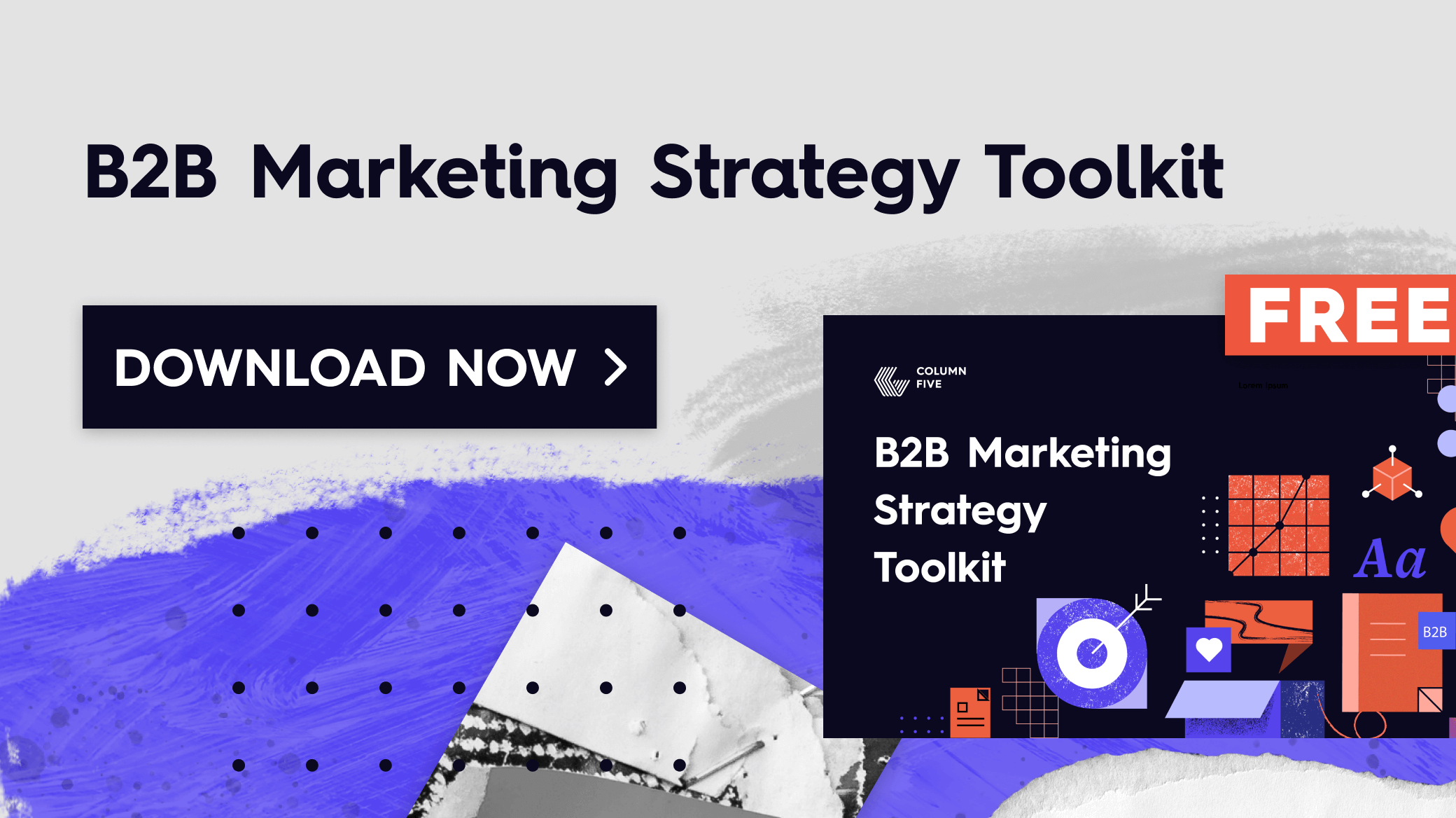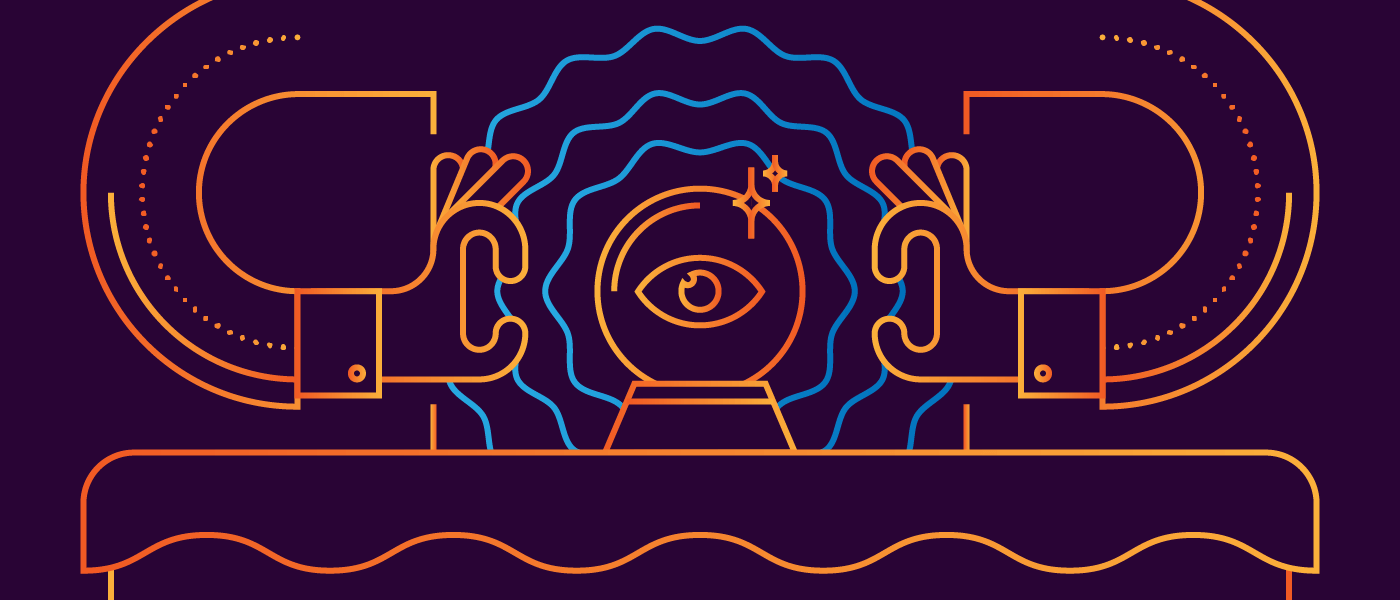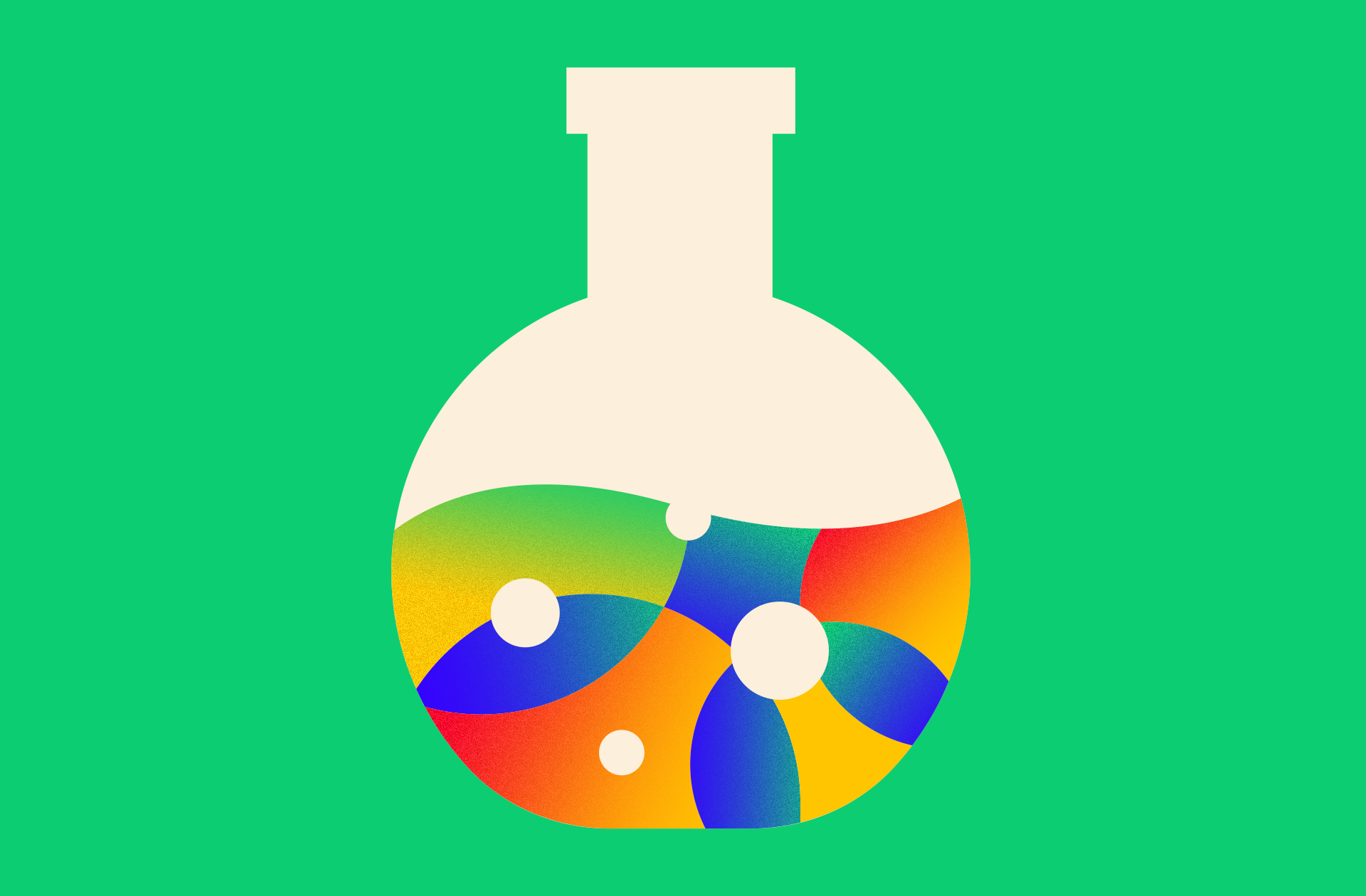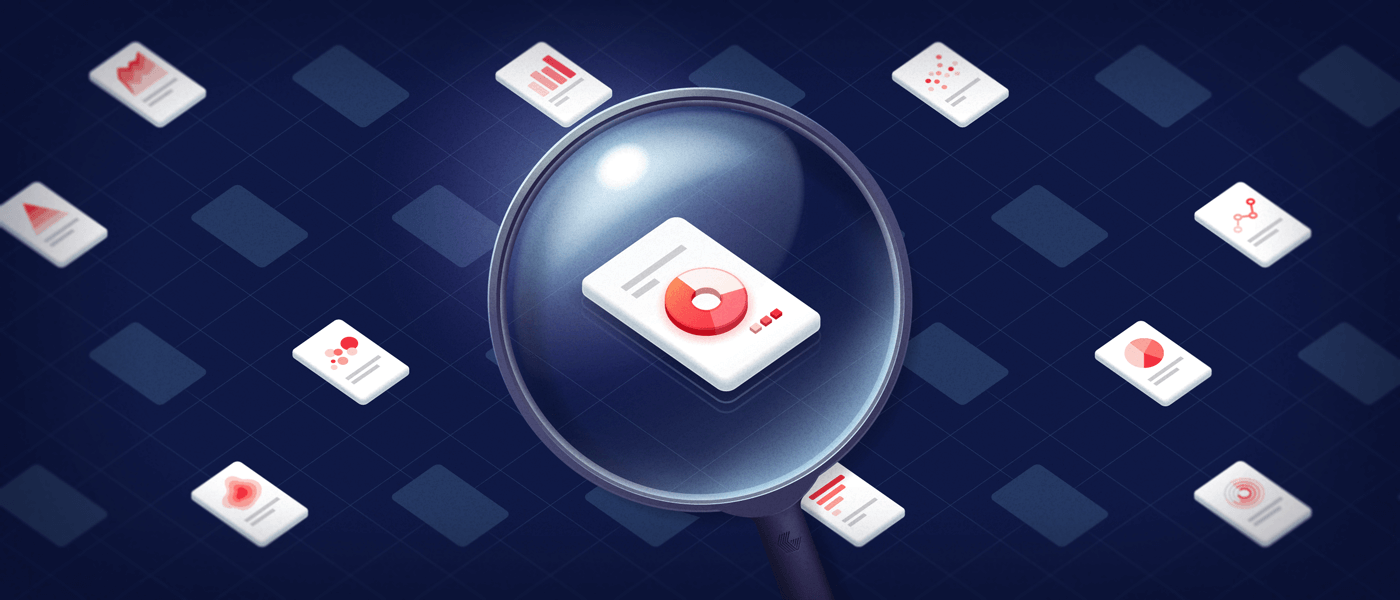There’s a whole lot of conjecture about the future of the SaaS space, especially as markets drastically shift. However, while many of us are asking what the next trend is, perhaps we should be asking if our current understanding of B2B marketing is accurate. According to new research from the LinkedIn B2B Institute, many of our commonly held beliefs about what works may be plain wrong, especially when it comes to B2C vs. B2B tactics.
Longtime marketing mavericks Peter Field and Les Binet recently re-examined 4o years’ worth of data from the UK Institute of Practitioners in Advertising to determine whether the most successful marketing practices in B2C might translate to B2B. Spoiler: They do.

What B2B SaaS Marketers Can Learn from B2C
Although there has been plenty of talk about the differences between B2B and B2C marketing, data proves that many of the beliefs B2B SaaS marketers hold true are, in fact, myths. (Yes, it’s shocking to hear.)
So, if you’re ready to break old patterns, tweak your strategy, and get better results across your buyer journey, here are five major myths to ditch—and what to do instead.
Myth 1: Share of market matters more than share of voice.
One of the biggest problems B2B marketers have is a sort of tunnel vision about share of market (SOM). While it’s upheld as the be all, end all, share of voice (SOV) may be more important than you think—in both B2B and B2C.
That is not to say you shouldn’t focus on SOM, but it turns out that a higher SOV can actually improve SOM. When a brand has a higher SOV than SOM, they have extra share of voice (ESOV). This extra share of voice has a direct correlation with market share.
A 10% extra share of voice boosts market share by 0.7% annually in B2B, compared to 0.6% in B2C.
—The B2B Institute
At a time when marketers are being asked to do more with less, being more strategic about growing SOV can help your SOM efforts—effectively helping you kill two birds with one stone.
How do you put this into practice? Adopt the same budgeting strategy as B2C brands.
Tip: Set SOV relative to market share targets using the ESOV equation.
1. Calculate SOV
(Total Category Advertising Spend* / Your Brand’s Advertising Spend) X 100
Example: $5,000,000 / $500,000 = .01 X 100 = 10%
*Total ad spend can be estimated from industry reports, market research, etc.
2. Calculate SOM
(Your Brand’s Sales / Total Market Sales ) X 100
Example: $2,000,000 / $25,000,000 = .08 X 100 = 8%
*Total market sales can be estimated from industry reports, market research, etc.
3. Calculate ESOV
SOV – SOM
Example: 10% – 8% = 2%
Your ESOV is how much extra you should invest in advertising relative to your market share.
Myth 2: Short-term sales activation is more effective than long-term brand building.
When the economy takes a hit, people panic. Brands focus on short-term wins, with immediate returns and higher ROI. This is understandable, but long-term growth is really buoyed by long-term brand building.
These efforts help you create stronger connections with your audience and build meaningful communities that will sustain your brand over time. Of course, those short-term sales activations are still worthwhile—and they are a vital part of a healthy strategy—but it’s important to reassess where and how you’re balancing your budget between the two efforts.
Tip: The research shows that efficiency peaks when you spend around 46% of your budget on brand-building and 54% on activation. (At the very least, consider a clean 50-50 split.) This approach ensures your brand activity generates demand while activation converts it into revenue.
For more tips on brand-building, find out how to build a brand strategy that helps you win your market.
Myth 3: Loyalty is the most profitable strategy.
You’ve heard it over and over; it is cheaper to retain a customer than acquire a new one. While that belief has been widely adopted, years of research by the Ehrenberg-Bass Institute for Marketing Science show that brand growth primarily comes from acquiring new customers. In Field and Binet’s B2C research, campaigns focused on loyalty underperform on every business metric.
For B2B, customer acquisition strategies also prove more effective than loyalty strategies, with broad-reach strategies performing best overall.
Markets are less segmented than we believe, so it’s smart to target as many category buyers as possible.
That means B2B marketers should aim to maximize brand reach, focusing on new prospects while also reassuring existing customers.
Tip: For B2B audiences, tailor your marketing strategy to account for your target customers, as well as the personas who make up buying committees or influence purchasing decisions. Also, consider people who are not yet in a buying role but will be as they progress in their career. Use our free guide to create marketing personas that will help you segment these audiences and brainstorm better ideas.
Myth 4: Buyers are laboring over their purchasing decisions.
Although B2B-buying decisions happen with more stakeholders (and on a longer timeline), we often envision our SaaS customers painstakingly researching their options, creating massive spreadsheets that detail every brand in the space, and laboring to compare differences.
What we forget is that our customers are tired. They’re pulled in a million different directions. And they are looking for easy solutions to their problems. That means they are actually more likely to go with the brand that is, simply, top of mind.
B2B campaigns focusing on increasing mental availability prove to be the most effective.
Your goal is, then, to increase mental availability (aka the likelihood your brand comes to mind) through reach and repetition.
Tip: Invest in campaigns that increase exposure and make your brand the most memorable option in your category. Consistent messaging is also a powerful way to increase mental availability. Download our free brand messaging template to build out a cohesive messaging framework that all content creators can use.
Myth 5: B2B selling shouldn’t be emotional.
This belief has been held for decades, and it consistently prevents B2B marketers from making better content that is more impactful. People do not suddenly lose their humanity because they are making a SaaS purchase. B2B consumers are also B2C consumers, so leading with emotion is vital.
That doesn’t mean more rational, logic-based messaging doesn’t work, but you need to effectively balance emotional and logical messaging.
Research finds that B2B campaigns with emotional content are better at building long-term brand equity, while rational messaging works in the short-term for people who are actively looking to buy.
Tip: Focus on emotional-driven messaging earlier in the buyer journey when you’re trying to increase mental availability and build a connection. As people move deeper down the funnel, you can use more logic-focused content to cinch the deal. (Find out more about how to optimize your journey and create sales enablement content to empower your team.)
Also, remember that controversial, funny, or super creative B2B campaigns can get a lot of traction (and outperform rational campaigns around 10x more). See our tips to brainstorm envelope-pushing B2B ideas.
How to Build a Better B2B SaaS trategy
While these myths may hold you back, the number one mistake we see B2B marketers make is working with a weak—or nonexistent—strategy. As you work to improve your efforts…
- Get your strategy on paper (with our free B2B strategy toolkit).
- Try our tips to improve your thought leadership—with less effort.
- Learn more about the latest B2B buying trends (and how you can use them to your advantage).
And if you find yourself in need of an extra pair of hands or a fresh strategy perspective, see our tips to find the right content agency, or find out how we revamped our content strategy and increased sales 160%.
Above all, remember that B2B marketing requires ongoing experimentation, iteration, and optimization. Keep your focus on your long-term goals, track your immediate success, and stay flexible.
Good luck out there.





